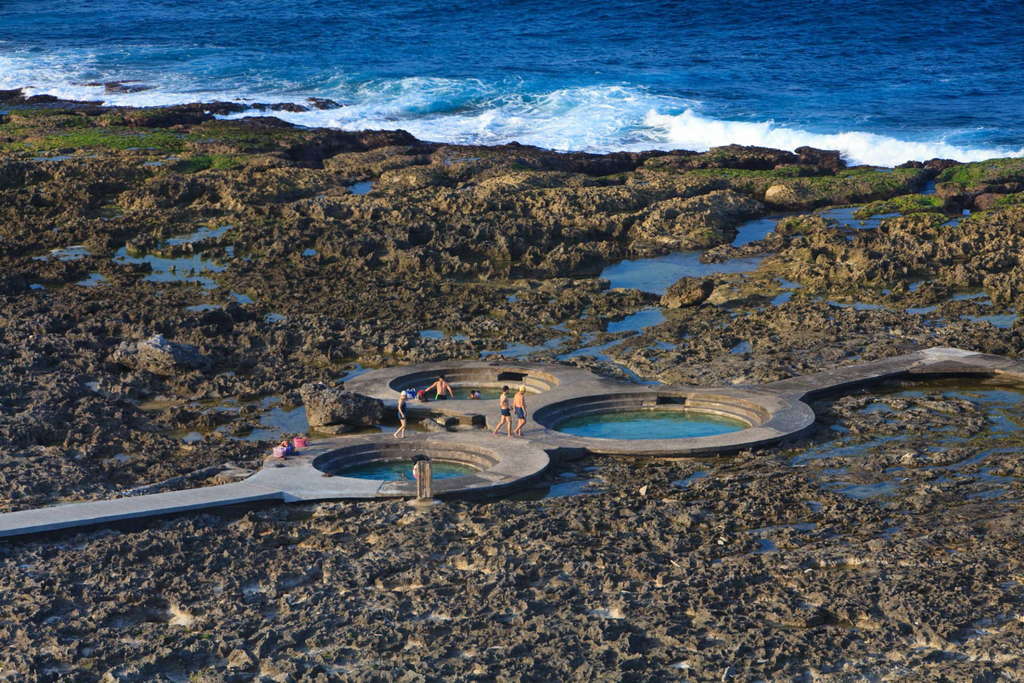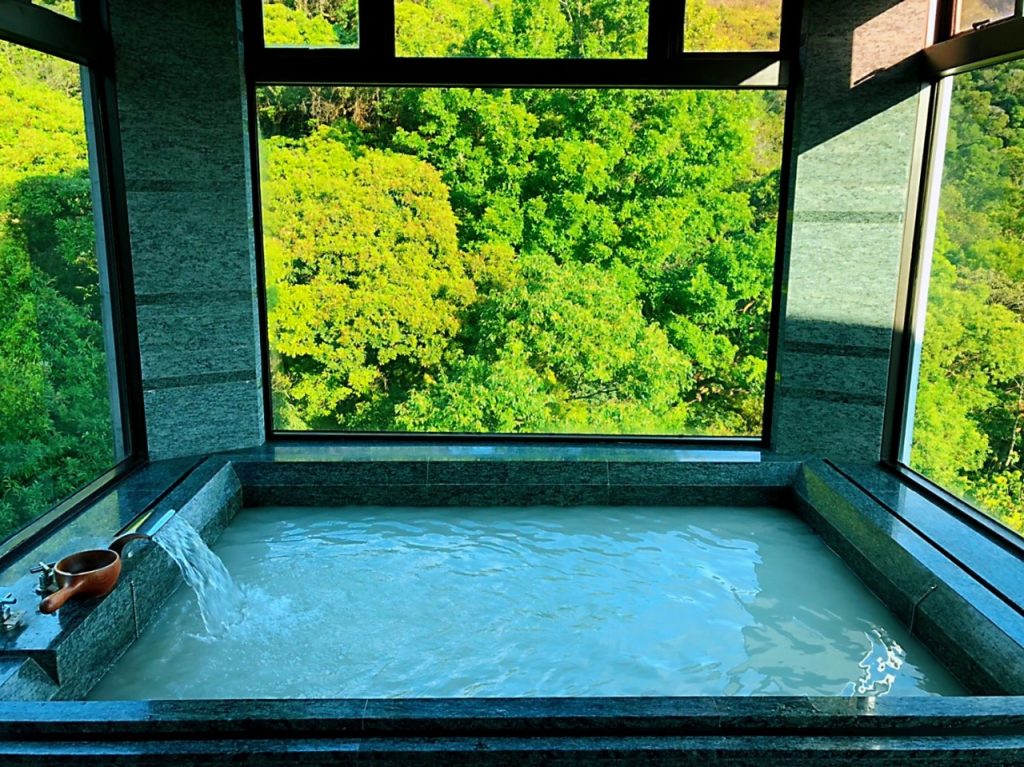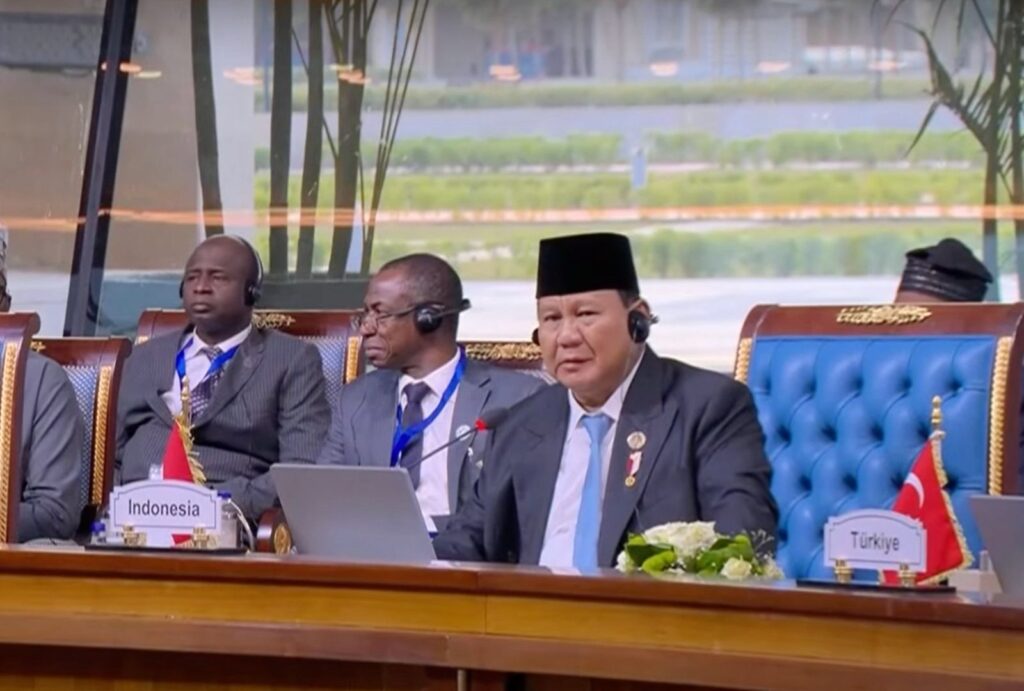Enjoying Taiwan’s hot springs during winter

Jakarta (Indonesia Window) – Taiwan, which shares borders with the People’s Republic of China (PRC) to the northwest, Japan to the northeast, and the Philippines to the south, lies on the border of two climate zones.
The northern part of Taiwan has a subtropical climate with wet summers and cool, dry winters, while in the south it has a tropical monsoon climate with slight changes in temperature throughout the year.
However, when cold currents hit in winter, the temperature on the Formosa Island will drop to below 10 degrees Celsius.
On the other hand, geologically Taiwan is located at the junction of the Eurasian Plate and the Philippine Plate, and is in the seismic zone of the Pacific Rim. As a result, geothermal resources spread throughout Taiwan, creating hot springs throughout the island.
When winter arrives, hot springs become one of the favorite places to enjoy Taiwan’s cold air.
Hot springs bath
The types of hot springs on the Formosa Island are increasingly diverse, and can be found in almost all counties and cities, making these places a part of daily life of people in Taiwan.
There are currently over 140 hot springs in Taiwan that have been developed into conventional hot springs, cold springs, muddy hot springs, and submarine springs. All of which are sourced from the best springs in the world.
The hot springs in northern, central, southern, and eastern Taiwan have different characteristics.
Yangmingshan, Beitou, and Wulai hot springs are the most popular hot springs in northern Taiwan.
Wulai hot springs contains sodium bicarbonate which has a moisturizing and whitening effect on the skin, so it is also called “a beauty soup”.
Meanwhile, the Ku Kuan hot springs in central Taiwan is well known for its quality of carbonated substances, which are beneficial for heart health. Hence, the Ku Kuan hot springs is also known as “heart soup”.
Meanwhile, in southern Taiwan, there is the famous Guanziling hot spring, which is the only mud hot spring on the Formosa Island.
The Guanziling hot springs, the Sicily hot springs in Italy, and the Kagoshima hot springs in Japan are known as the three largest muddy hot springs in the world.
For people who like natural beauty treatments, they can soak in Guanziling while wearing a mud mask. This routine is believed to make skin more radiant.
However, if you want to soak in a spring that is clear and odorless, Zhiben and Jiaoxi in eastern Taiwan are top choices.
Taiwan’s hot springs can also be found on Formosa’s outer islands. One of which is Zhaori on Taitung Green Island, and is only one of three submarine hot springs in the world.
Zhaori is located by the sea, so visitors can enjoy the unique experience of soaking in a hot spring in the sea by enjoying the magnificent sea views, sun rising, and the endless starry sky.
The sulfurous hot spring of Zhaori is believed to have a detoxifying effect, so it is also known as “skin soup”.
In some hot spring areas, there are five-star hotels and private hot tubs in the bedrooms.

Health
Not only soaking in hot springs in Taiwan is pleasurable, but also has health benefits.
Enjoying hot springs located in the mountains and beautiful forests, accompanied by birdsong and the sound of insects, can really relax the body and mind.
Bathing with water which is sourced from natural hot springs or soaking in a hot springs pool can also improve blood circulation and chronic arthritis, as well as increase nerve regeneration and metabolism.
Visiting and enjoying hot springs should be on your holiday list when visiting Taiwan after the pandemic has ended, especially during winter.
This will be a unique and unforgettable experience as such attraction cannot be found in tropical areas.
Source: Taipei Economic and Trade Office (TETO)
Reporting by Indonesia Window

.jpg)








